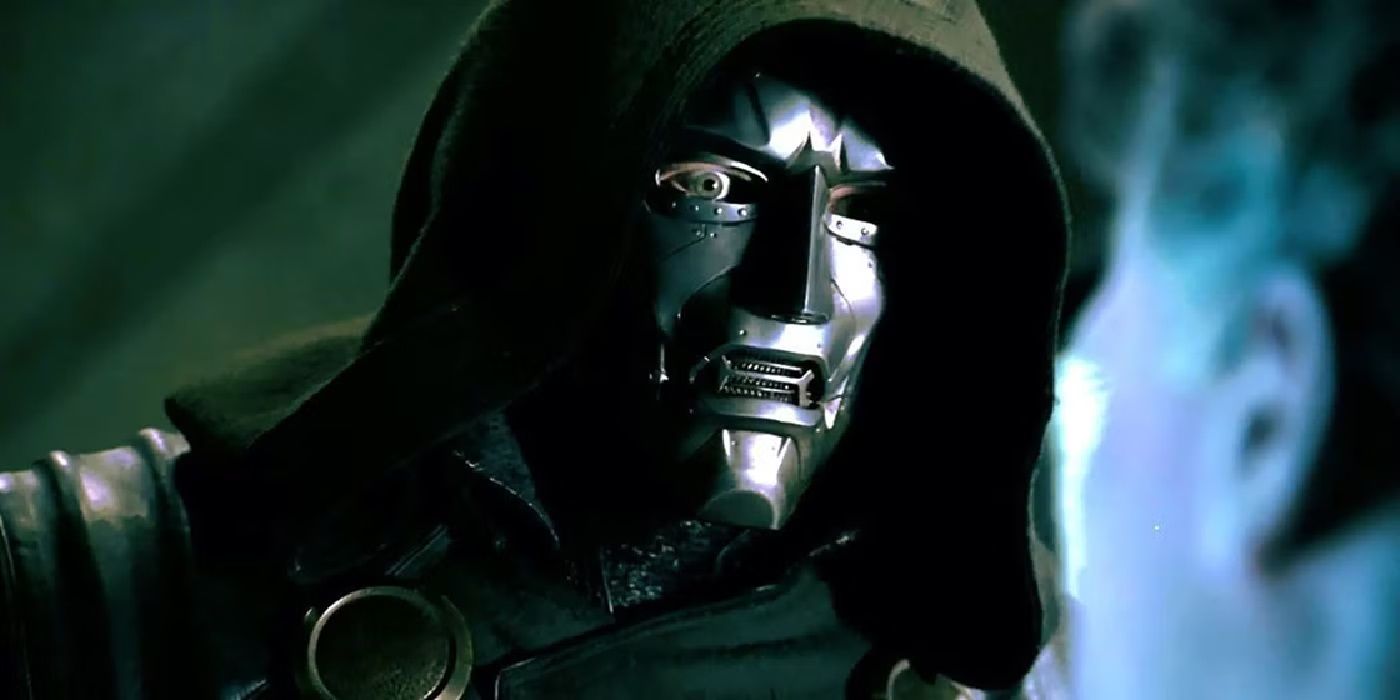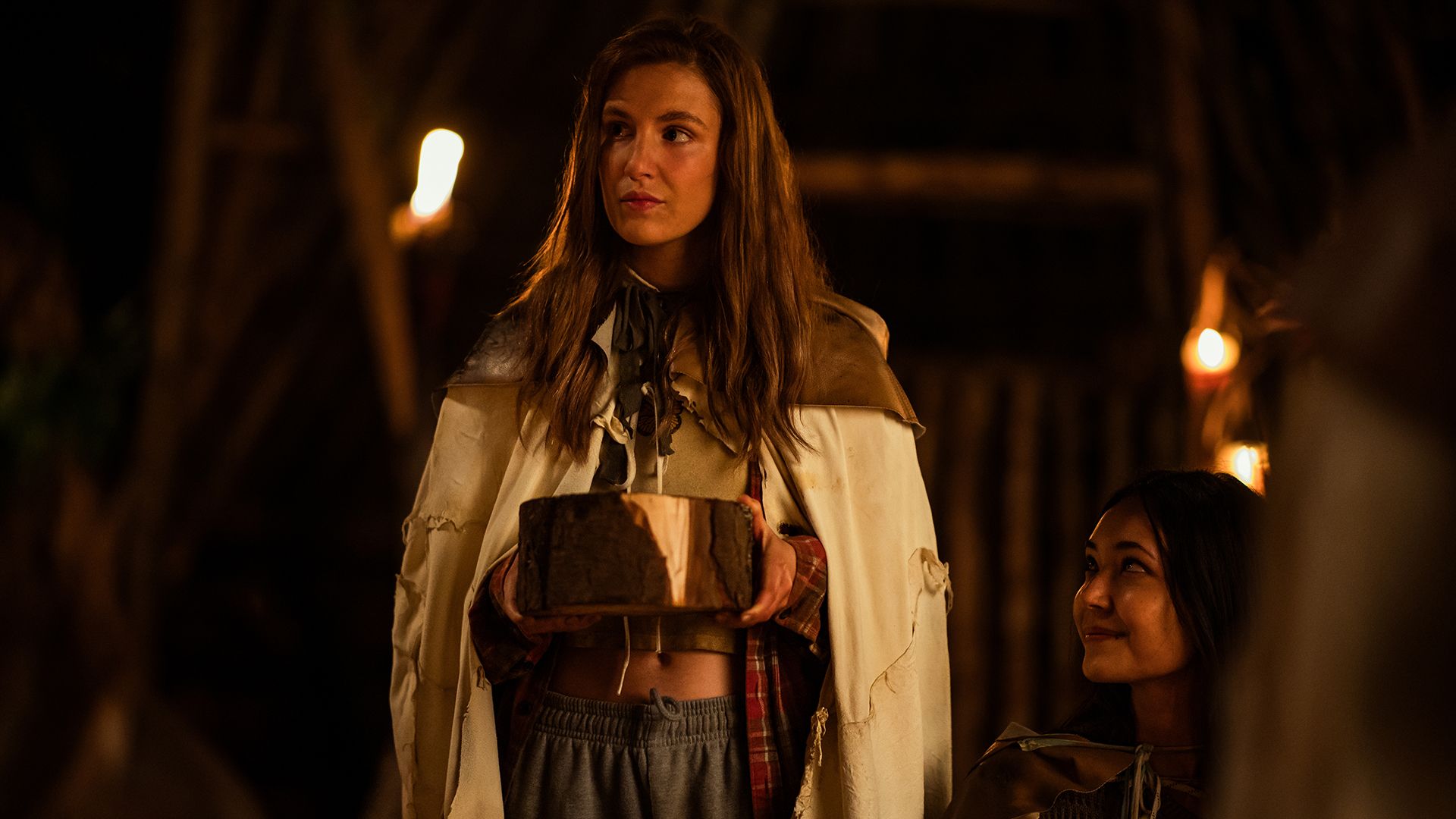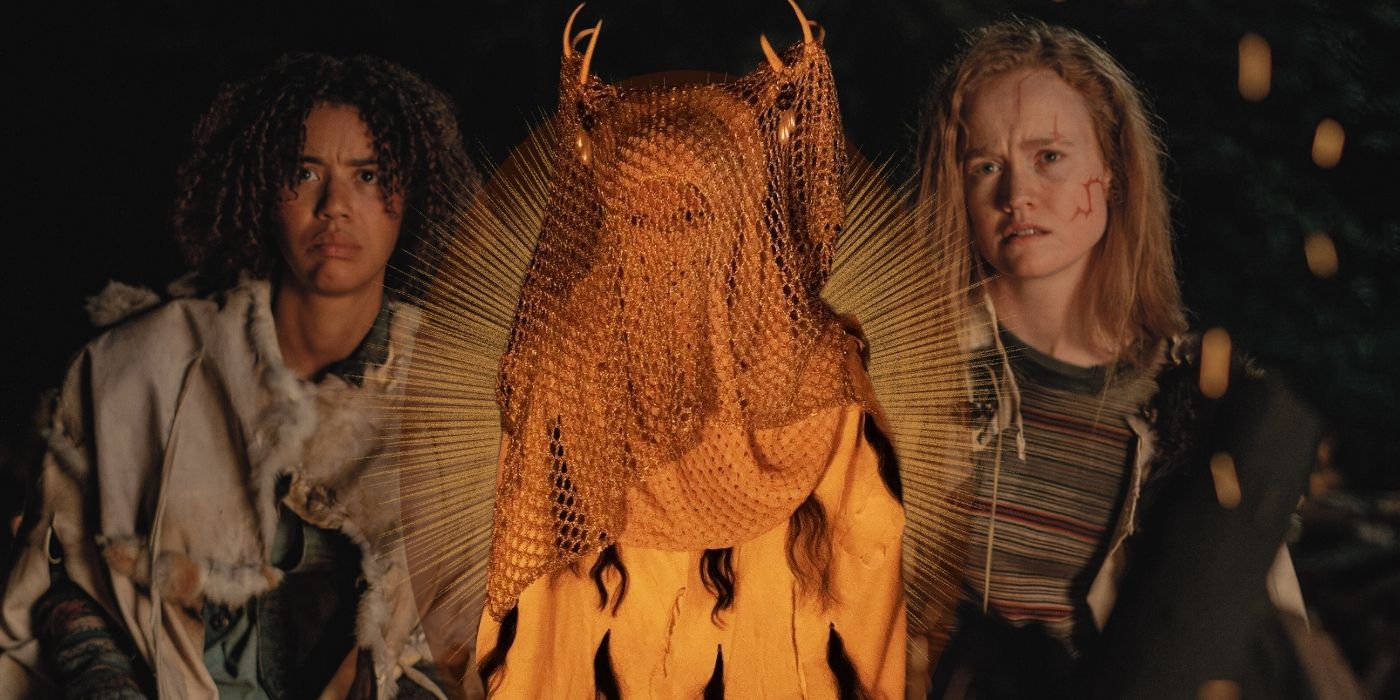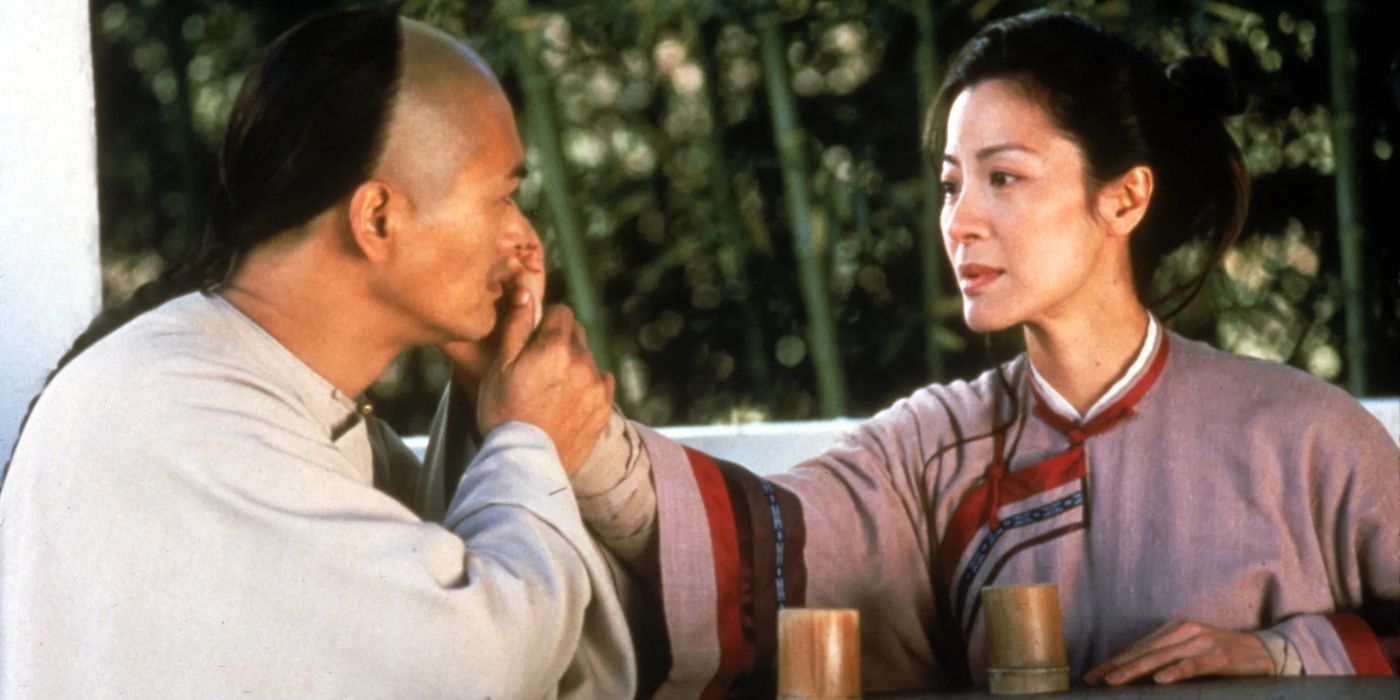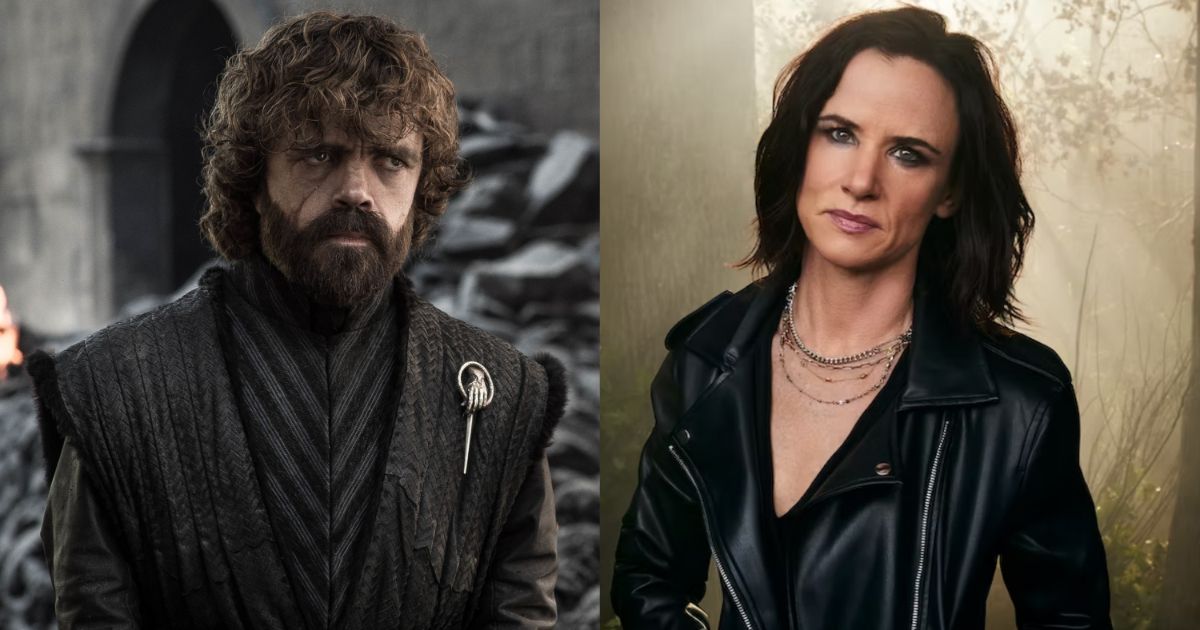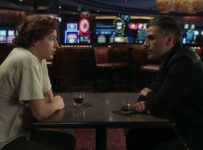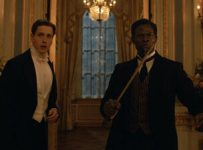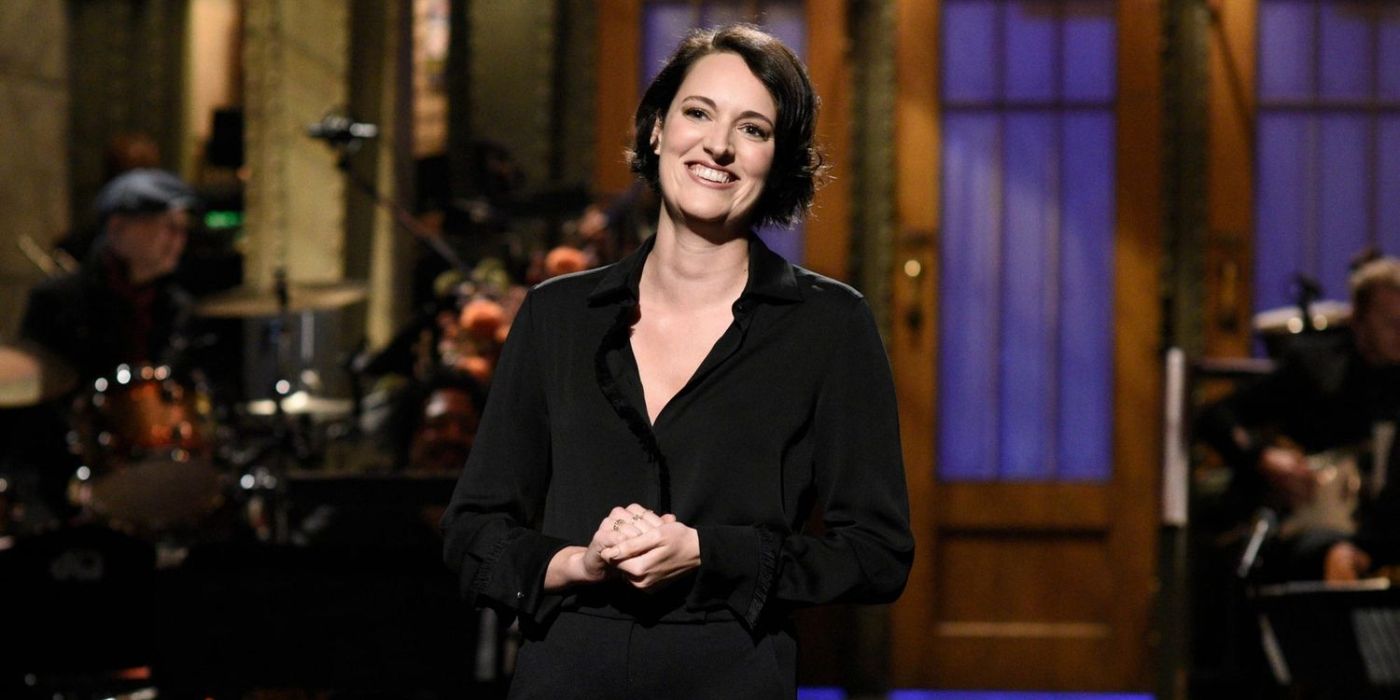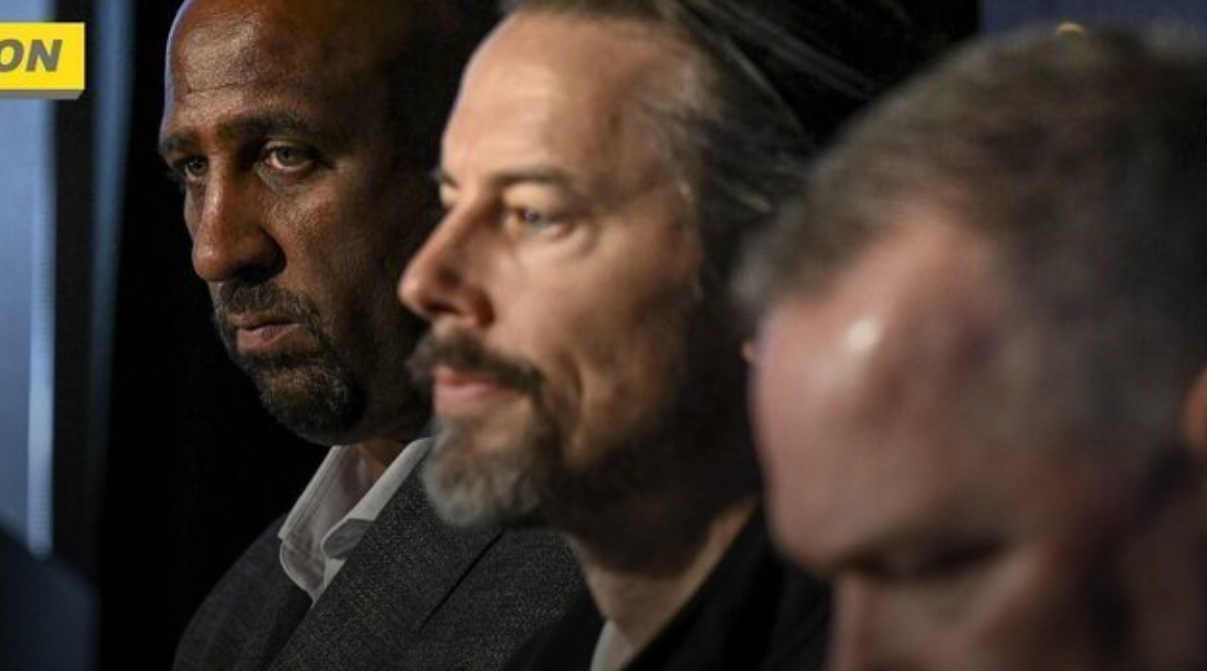Johan, who is disturbed by the surreal visitations in his dreams, suffers from insomnia. He shares with Alma the drawings of the hideous forms that haunt him, but keeps his diary, in which he laments the loss of his previous lover, Veronica Vogler, hidden under their bed. Their secluded shelter is interrupted by a baron who lives in a castle on the island, whose strange entourage of friends provoke Johan’s memories of Veronica, which threaten his sanity and his marriage.
The painter and his young wife are clearly dramatized versions of Bergman and Ullmann. “Hour of the Wolf” is a deeply personal film that also draws on the filmmaker’s own dreams. These autobiographical influences merge with the reference to Papageno, a character from Wolfgang Amadeus Mozart’s opera, “The Magic Flute,” who is the template for one of Johan’s hideous figures, the bird man. Meanwhile, Bergman has confirmed the influence of the German author, E. T. A. Hoffmann. There’s an intrigue to the film’s genesis, if not a brilliance in how Bergman weaves together the personal and creative, that shrouds the film in its own lore. “Hour of the Wolf” is an act of the director simultaneously revealing and concealing himself, that leaves the audience to wonder how much he has revealed.
A reason why Bergman’s psychological horror has suffered the misfortune of neglect lies in the synergy it shares with Michael Powell’s “Peeping Tom.” Studying film, some years ago now, I noticed the reluctance of one academic to identify “Peeping Tom” as a slasher. The reasoning appeared to be based on the elitist bias of not wanting to associate Michael Powell with this tawdry sub-genre.
The assertion that “Hour of the Wolf” is Bergman’s only horror film is preposterous. “The Seventh Seal” and “Persona” can be considered accomplished horror films, albeit intellectual exercises in the genre. The former, about a knight confronted by Death, is existential and philosophical, while the latter is an unsettling exploration of identity. “Hour of the Wolf” is more emotional than intellectual, and its gothic imagery and set pieces in which characters peel off their faces is a detour from ontological horror, or the horror of being human, that usually characterizes Bergman’s interpretation. His psychological horror unashamedly embraces the genre, leaving it susceptible to the elitist prejudice of wanting to disassociate Bergman from what some may see as a tawdry side of cinema.
If “Hour of the Wolf” is autobiographical about Bergman’s own mental and emotional instability, the film itself mirrors the creaking human psyche. The tight, claustrophobic framing and low lighting in certain scenes represents the mental and emotional oppressiveness of Johan’s mind. The confessional flashback scene is visually unstable, and the jarring movements of the characters, alongside music that feels like it’s carried from the underworld, create an impending sense of dread. Even natural sounds have a way of sounding otherworldly. Most noticeable are the horror set pieces, but in totality, Bergman upsets the stability or tidiness of his earlier works, so we feel the form itself is at risk of fracturing, mirroring the instability of the mind.
You can view the original article HERE.

